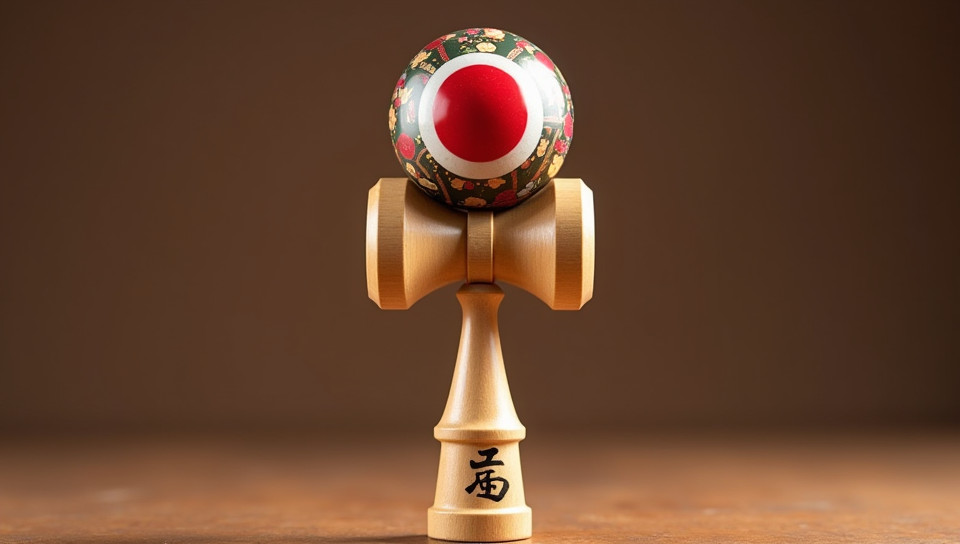Kendama is a Japanese cup and ball toy 82%

The Art of Kendama: A Timeless Japanese Toy
Imagine a toy that has been entertaining and challenging players for centuries, requiring skill, patience, and dedication to master. Sounds intriguing, right? This is the world of Kendama, a traditional Japanese cup and ball toy that has gained popularity worldwide for its unique blend of artistry and athleticism.
History of Kendama
Kendama's origins date back to 19th-century Japan, where it was known as "Tsin Taman" or "Japanese Cups". The toy consists of three main parts: a handle, a cup, and a ball. Its design is simplicity itself, but the gameplay is anything but easy.
How Kendama Works
To play Kendama, you need to balance the ball on the cup using the handle as your guide. Sounds straightforward, but it's deceptively difficult! The Kendama community has developed various tricks and techniques to master this toy, from basic catches to complex combinations.
- Basic Tricks:
- Pendulum: Swing the ball in a pendulum motion to catch it in the cup.
- Front Cup: Catch the ball in the front cup by guiding it with the handle.
- Back Cup: Catch the ball in the back cup by using a combination of speed and control.
- 360°: Rotate the Kendama 360° while keeping the ball balanced on the cup.
The Cultural Significance of Kendama
Kendama has become an integral part of Japanese culture, with its own festivals, competitions, and community events. In Japan, Kendama is often used as a tool for mental discipline, teaching children (and adults alike) patience, focus, and perseverance. The toy's popularity extends beyond Asia, with enthusiasts worldwide sharing their love for this ancient game.
Conclusion
Kendama is more than just a simple cup and ball toy; it's an art form that requires skill, dedication, and creativity. Whether you're a seasoned player or a curious newcomer, Kendama offers endless hours of entertainment and challenge. Its timeless appeal lies in its ability to bring people together, transcending cultures and age groups. So, give Kendama a try – you might just find yourself hooked on this captivating Japanese toy!
- Created by: Samuel Jiménez
- Created at: Jan. 17, 2025, 5:15 p.m.
- ID: 18039
